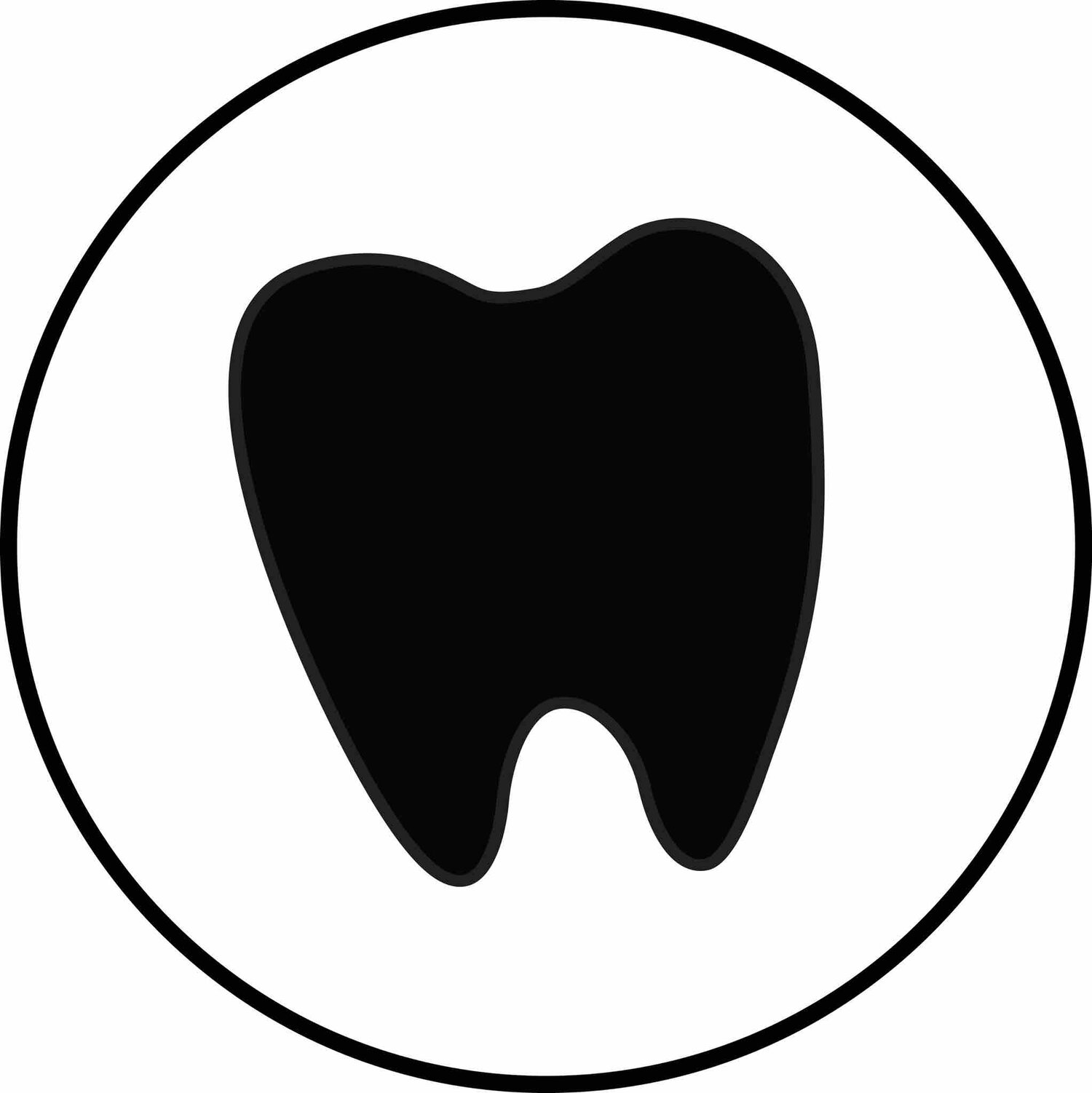What, No Toothpaste?!?
Before you have a heart attack, you can add toothpaste, just not in the way we were taught in hygiene school.
Am I the only one that squirms when a patient asks about toothpaste ingredients? The patient starts rambling off ingredients that you're pretty sure you recognize from hygiene school, but the recall is not there. Thank heavens we are "able" (required) to take Continuing Education classes.
Apparently its not only the ingredients we should be worried about but WHEN the patient brushes.
I recently took a course from Spear Education from one of my FAVORITE hygienist-Trisha O'heir. The course was called, "The Toothpaste Secret: Helping Patients Develop Effective Toothbrushing Habits." The course was short and it was fascinating. She shared that in the 70's before there were strict laws on recording people without their consent, researchers put up secret cameras to watch people brush their teeth.
As hygienist we already know what the research confirmed- patients brush sporadically-they start on the facials and barely touch the lingual side of their mouth, they don't brush very long and aren't very effective.
Her remedy was to have them brush WITHOUT toothpaste, starting on the lower right linguals for right-handed patients and lower left linguals for left-handed patients. This is called "dry brushing." When dry brushing is done the research shows that patients brush longer and more effectively!
Genius!! it makes perfect sense to have patients start brushing where they brush the least. And because toothpaste numbs senses, without toothpaste the patient can feel if his/her mouth is actually clean or not. After the patient's mouth feels clean, advise him/her to add toothpaste and brush again.
We still want our patients to use toothpaste but WHEN the patients uses it is very important.
As far as patient ingredients: O'Heir advises against any kinds of toothpaste containing microbeads. Proctor and Gamble has been working on getting the little pieces out of toothpaste but definitely look before you recommend any brand. Also, O'Heir strongly advises against Sodium-laurel sulfate (the ingredient that causes toothpaste to foam) because of its increased risk of aphthous ulcers.
Hygiene Edge Advice: If you have a patient with a lot of plaque- teach them how to dry brush (we included a handout for you below). Patients trust your opinion so be a detective and research toothpaste ingredients before you recommend a toothpaste.
Here is a handout for you to give to your patients all about dry brushing :)



